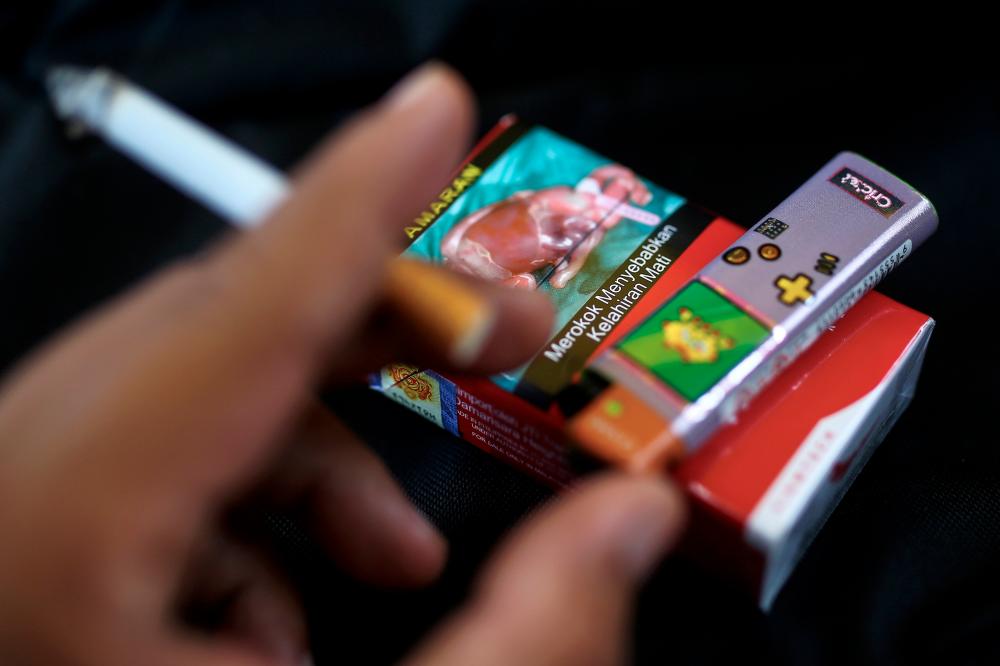RECENTLY, former health minister Khairy Jamaluddin proposed that the Health Ministry ban the display of cigarettes in shops and implement plain packaging for cigarettes.
While the intention may be to curb smoking rates, I fear that such punitive measures could ultimately exacerbate existing problems rather than solve them.
The notion of a tobacco display ban isn’t new.
Iceland notably implemented this policy, requiring retailers to conceal tobacco products from public view.
Theoretically, such bans are believed to deter youth initiation into smoking, particularly where illicit markets are absent.
However, a closer look at neighbouring countries reveals a stark reality.
In Singapore, for instance, contraband cigarettes and illicit vape products are readily available, often marketed through channels such as Telegram.
And this is Singapore we are talking about, which has strict enforcement on just about everything.
If Malaysia were to follow suit, it could inadvertently stimulate a thriving illicit market, particularly through informal outlets such as mamak restaurants and local corner stores.
The consequences of this shift are twofold.
Firstly, the line between legal and illegal cigarettes becomes blurred, tempting consumers to opt for cheaper, unregulated alternatives.
Secondly, there’s a concerning lack of public awareness regarding the dangers of consuming illicit cigarettes.
Counterfeit products often contain elevated levels of harmful substances such as arsenic, mercury, cadmium and lead, posing significant health risks to unsuspecting consumers.
Furthermore, implementing a display ban may inadvertently glamourise tobacco and vape products, fostering an allure that could entice young non-smokers.
The “forbidden fruit” effect is well-documented and such measures could inadvertently make smoking seem more attractive to impressionable minds.
On an economic front, the government stands to lose substantial tax revenue from legal cigarette sales if a display ban is enforced.
Earlier this year, the New Zealand government reversed a similar ban due to concerns over declining tax revenue.
This highlights the need for pragmatism when considering such measures.
Ultimately, the implications of a tobacco display ban extend beyond smoking rates alone.
It raises questions about the government’s role in regulating consumer products.
If tobacco faces such scrutiny, what other products might be targeted next?
In conclusion, while the intentions behind a tobacco display ban may be noble, the potential consequences merit careful consideration.
Rather than driving smokers underground, we must explore comprehensive strategies that address the root causes of smoking while minimising unintended harms.











